For what purpose do museums and museums originally exist? "The Case for Museums" explained in the movie

Many people visit museums and museums where expensive works of art and historically valuable items line up narrowly, with the aim of "seeing beautiful things." However, according to The Art Assignment, which produces images relating to history and art, museums and museums have more important purposes than "beauty" and therefore explain that people should visit the museum many times .
The Case for Museums | The Art Assignment | PBS Digital Studios - YouTube
For hundreds of years, people have kept what they consider "valuable" such as historical things, expensive metals, art, etc. in safe buildings.

"Museum" such as museums and museums is the best example.
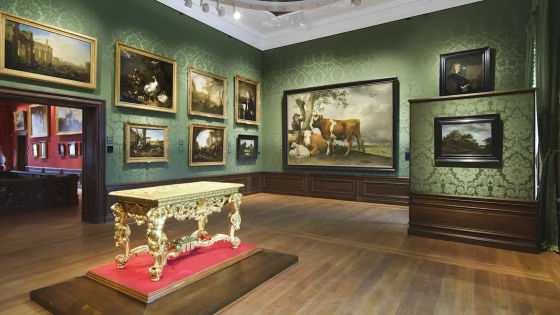
The work that has done this work is primarily a privileged class with power.
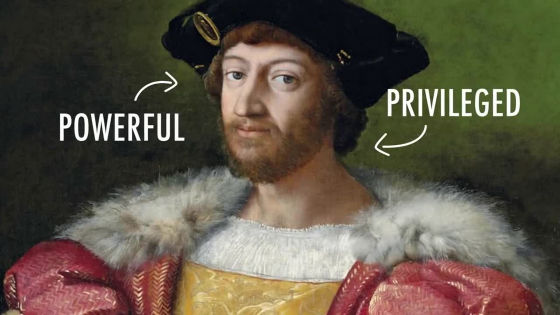
However, many of the historical authorities did not allow ordinary people to access things owned or stolen just by storing them in the building.
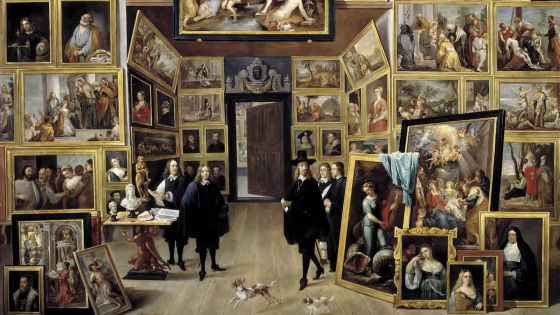
As of 2018, many cities have one or more "buildings that kept and displayed valuable things".

Why do we need facilities like museums and museums, why should we visit such facilities many times? To do that, we need to understand what kind of history the museum is born and what role it has.
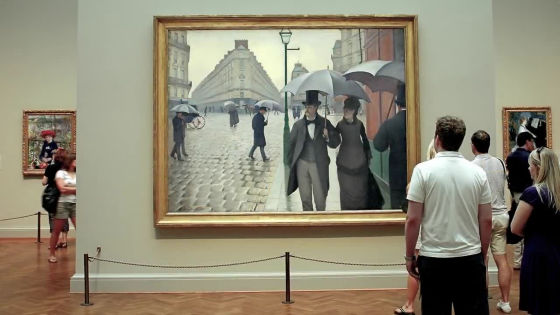
The word "Museum" is an ancient Greek goddessMuseIt has the meaning of "mouseion (seat of the muse)".
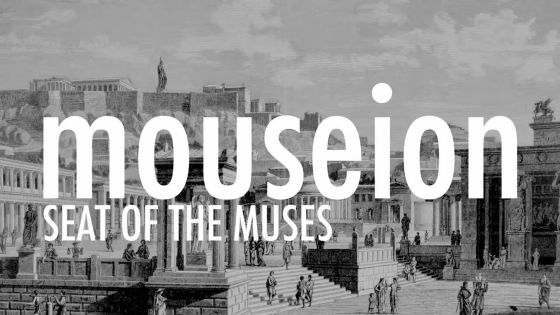
Ancient GreeceAlexandriaIt is said that the museum which existed at the museum was a building like a library or a university in modern way, storing numerous books.
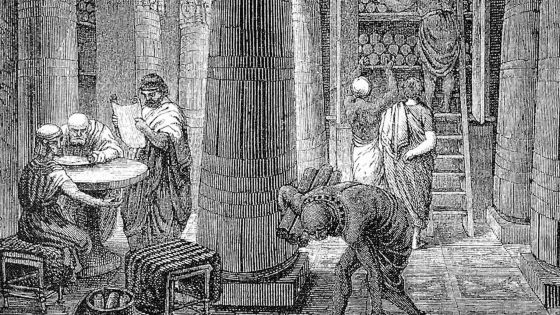
Also, the museum in ancient Rome was a place to conduct philosophical discussions.
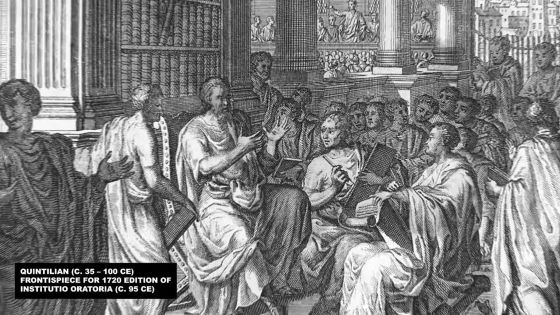
Art museums and art objects are displayed in the museum today, but in ancient times paintings that praise God areAcropolisThe statues were decorated in public places.
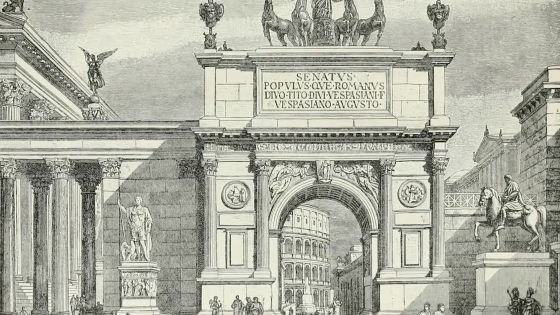
On the other hand, as well as today's rich, wealthy people decorated artworks at home.

At the time of the Renaissance, it reigned as a substantial ruler of FlorenceMedici familyHowever, it collects numerous art objects.
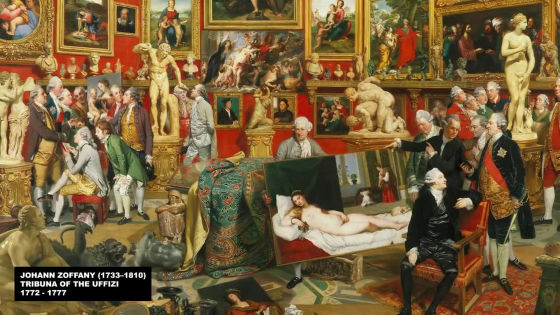
And finally, the Medici family treated these art objects as public goods.
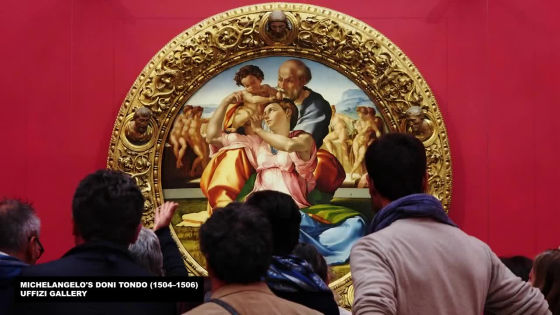
The first museum was built in the 18th century in Europe.
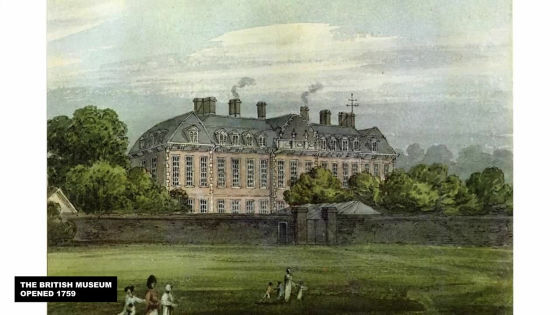
The wealthy people donated the collection for the purpose of storing and sharing the collection after their death.
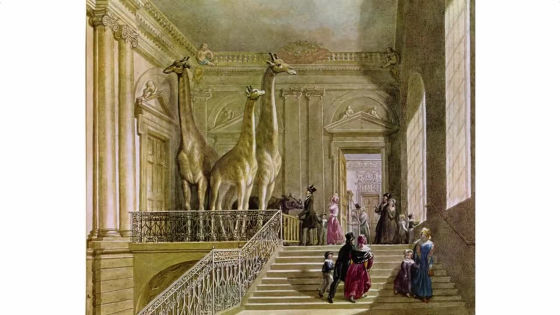
And, as the French Revolution happened in 1789 ... ...
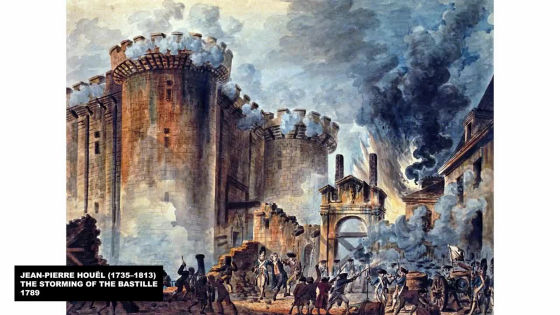
Collections that were made by royal officials are now open to the public.
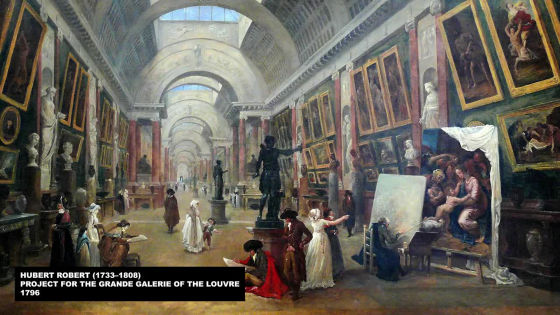
"Collecting works of art" is a very difficult thing whether it is a memorial of war or art made by an artist. Because the work is separated from the "context" such as the author and the born community.
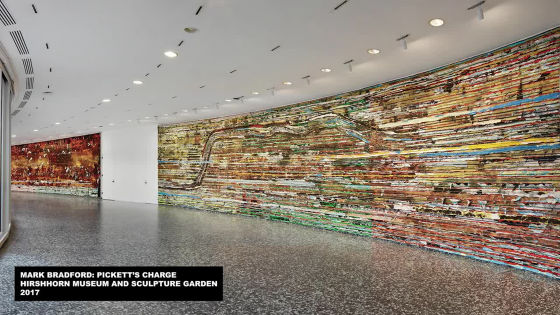
It is a difficult task to clarify where and where the object is and what kind of history it was traced. Therefore, sometimes it develops to litigation.
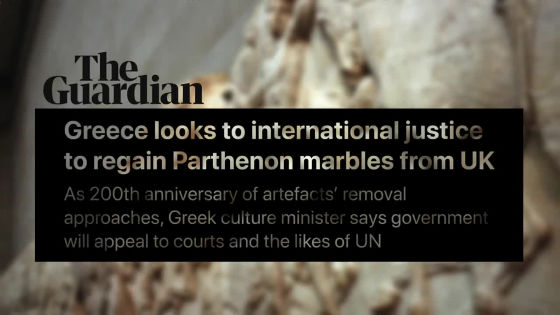
It is not unusual that something looted is returned to its owner for decades or hundreds of years later.
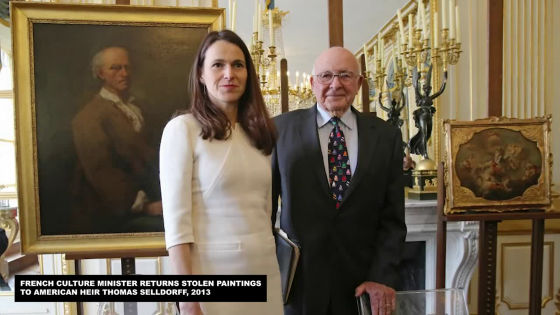
However, museums not only "store" collections but also "open up" the collections so that people can learn about things with history, and it also helps to "find and return the original owner" It is.
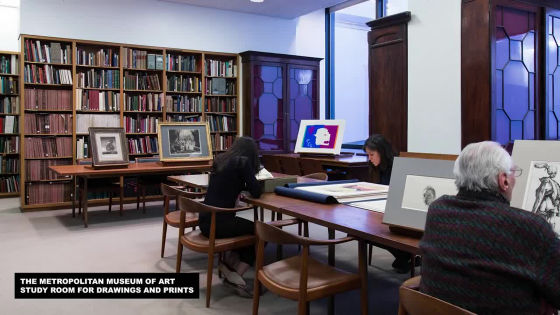
And, "How to display the collection" also changes with the years.
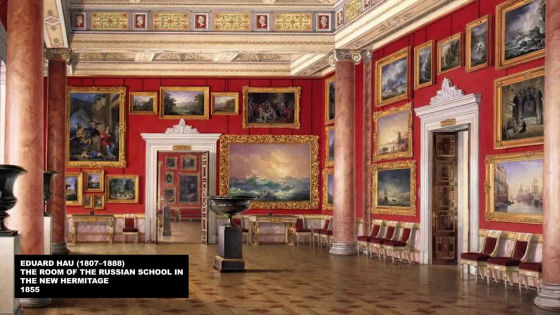
It is a method taken in Europe from the 16th century to the 17th century to arrange the stuffing of living things and unusual collections on cabinets and walls.
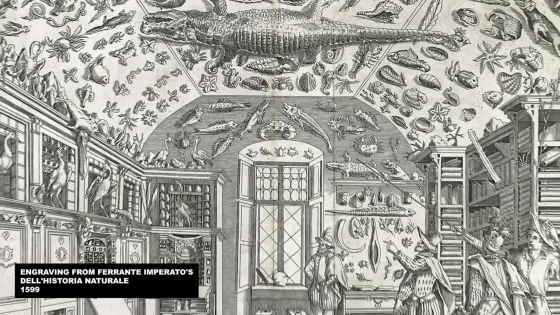
The style of decorating paintings on the walls from floor to ceiling in style of salon was adopted in the 19th century Louvre museum.
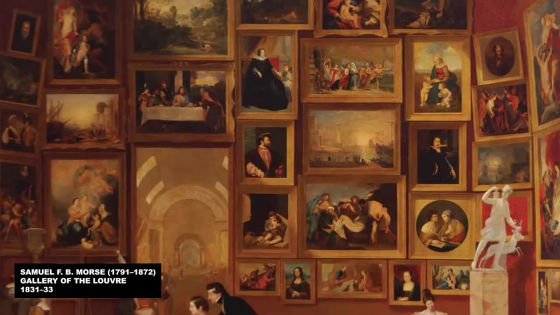
And in modern times,White space "White cube"The exhibition was held in ... ...

Even with the development of technology, the way people learn from the collection has changed a lot.

Likewise, the shape of the building has changed. Beginning from the pyramid ......
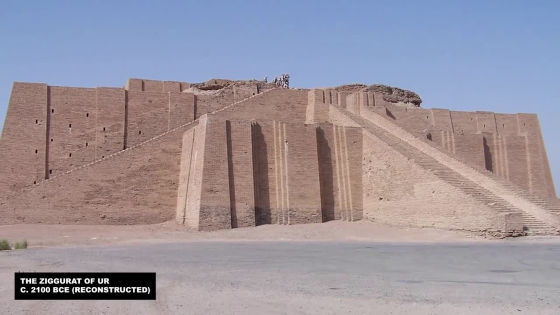
Classical building

Neoclassical buildingMany are taken in the form of museums.
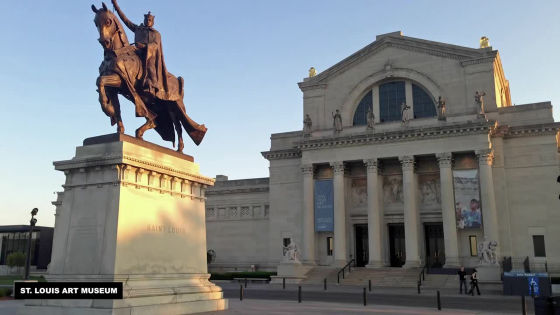
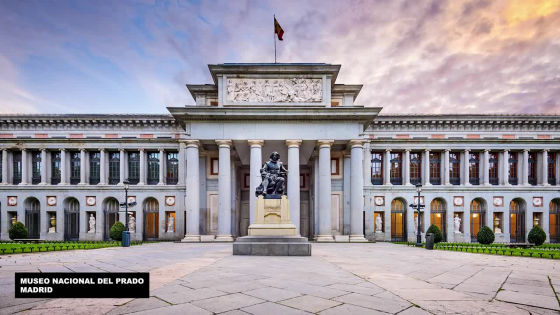
If there is a facility with a modern cube building next to classical architecture ......
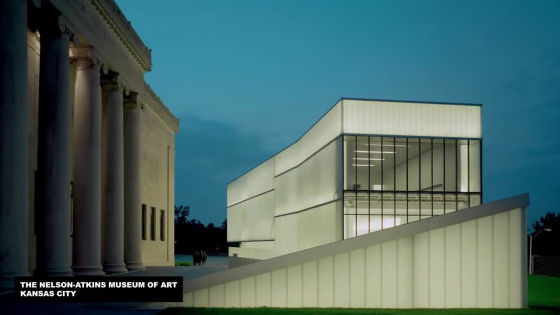
There are museums that take on unique shapes.

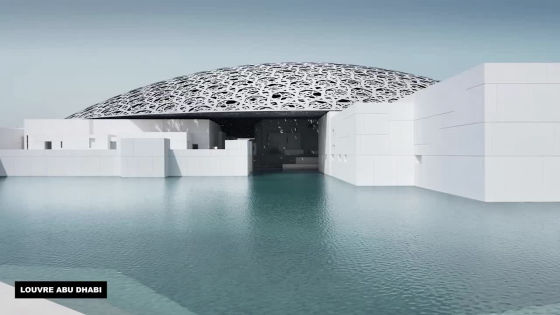
However, no matter what kind of museum it has the purpose "to make people of modern day touch what is valued that was made and used before the present age".

Things in the museum give you hints to clarify where they were made, what time they were made, and what the person who made it was.
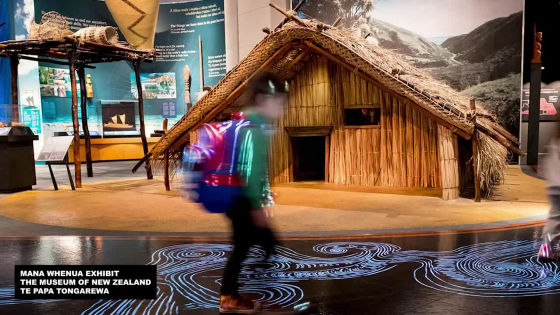
Also, not only about "the situation at the time of making" but also about the history that the object was sold, the owner was changed, how he entered the collection, and when was the general exhibition and when was it? Also explained.
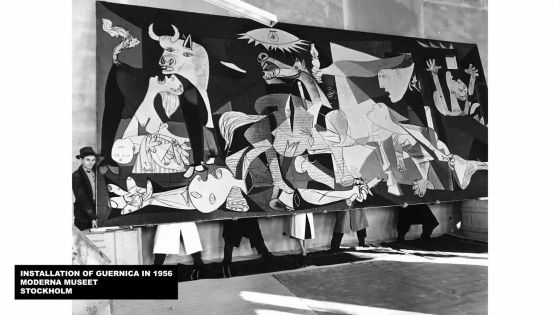
The object visualizes that the value has changed over the past, the present, and the future, and by visiting the museum many times, we review the history and listen to the voice and the oppressor that was scratched in history It is possible to raise the story that has been done.
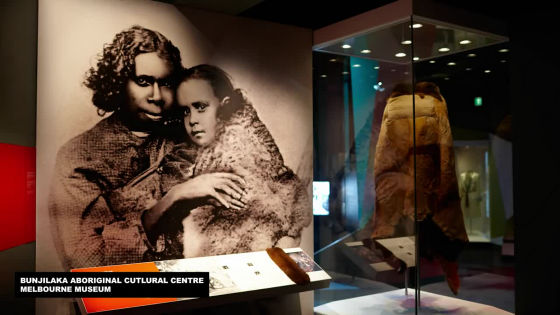
If the contents of museums are exhibited in various combinations, they may continue to be exhibited in the same combination for many years.

Even with such a "combination", people can understand that history is not a "line of backwards going line" but multiple threads are entangled.
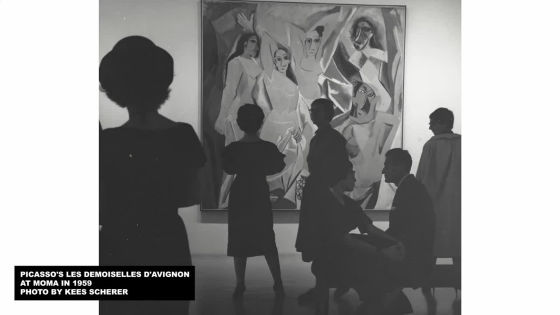
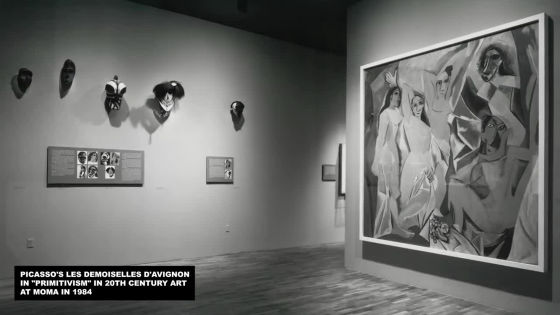

The museum is heavily influenced by who will be the leader and which foundation will support. Therefore, sometimes we make reckless decisions about staff salaries and fees.
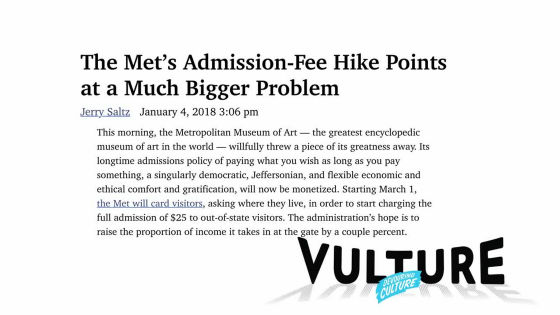
But these decisions are made at any time to fulfill the duty of keeping objects open to people.
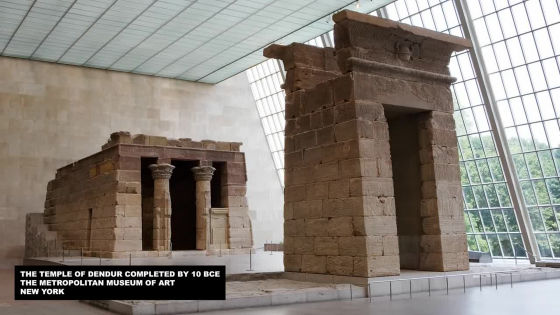
Even in an emergency like when a forest fire happens or when the sea level rises ... ...

These staff make it possible to implement a predetermined plan.

Also, restoration managers do work so that historical objects will remain in an appropriate form ......
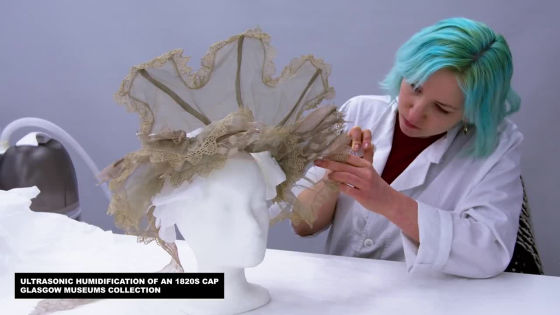
Trained guards will protect the collection.
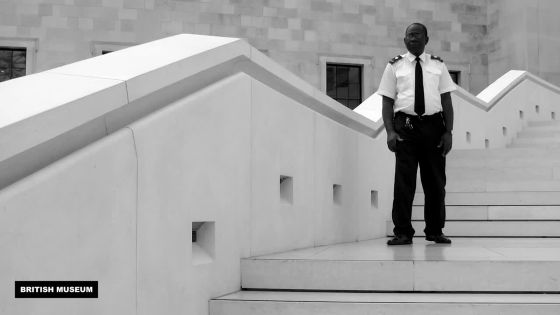
Expertise is also required to pack, move, and display the collection.
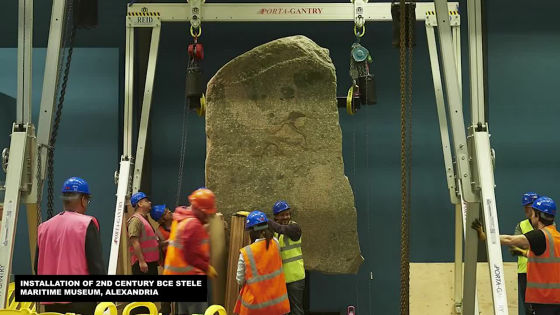
Talking about history through what is on display ......
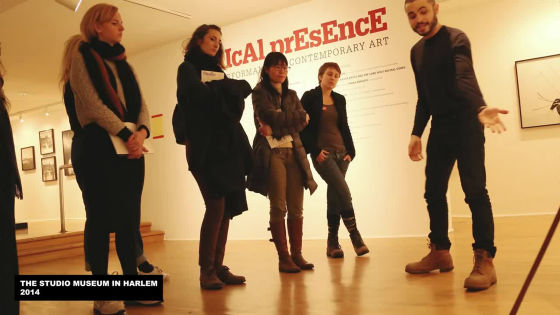
Studies on collections reveal the past, predict the future, and create benefits for society. Many of the staff involved in the work of art museums are specialists who have learned and trained.
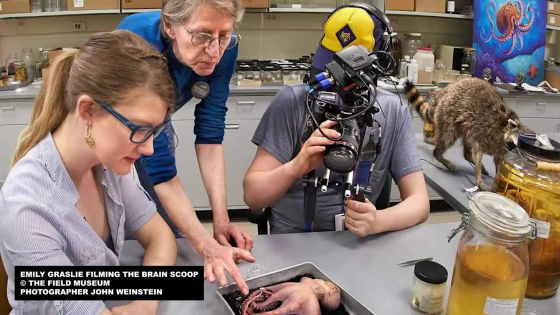
In recent years, attempts have also been made by volunteers to make it possible to see the collection without visiting the museum.
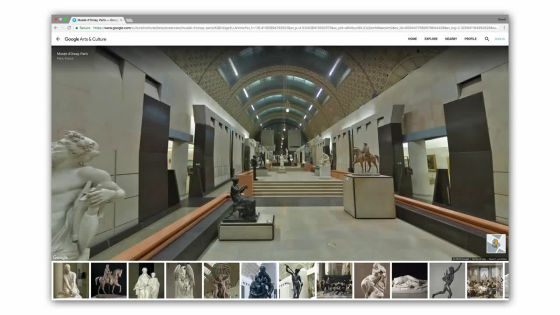
The thing to be clear is that the museum is not "entertainment that can be enjoyed loosely".
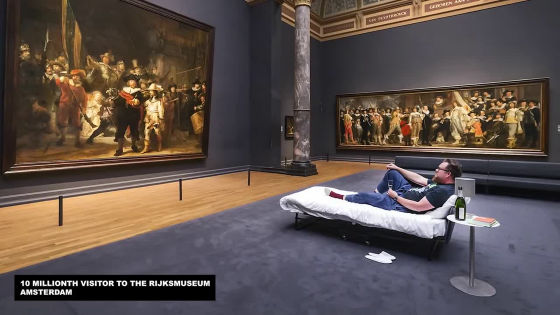
The real merit of the museum is not to "fool people down by beauty" but to "rethink the history of the viewer, to make us understand where we are now and how we can change the future" .
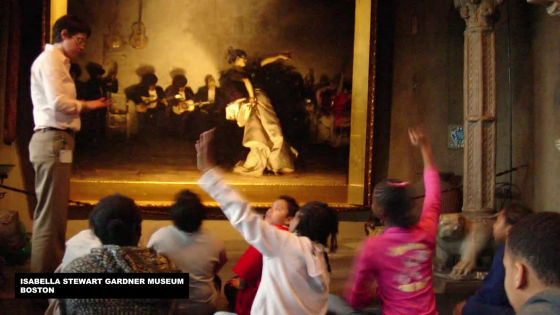
Just to see not only the exhibits but also to stop thinking with curiosity and patience, the museum will change to something like a university or a library.
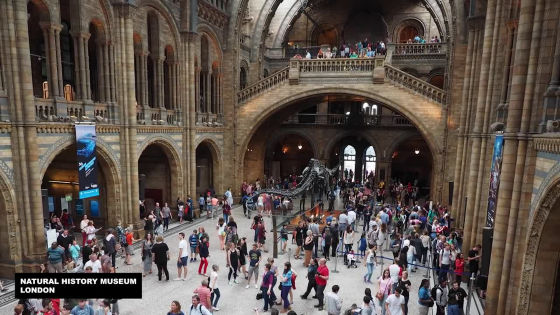
This is why we should visit the museum many times. Because people change with the years, you can get different "awareness" by going through many times.
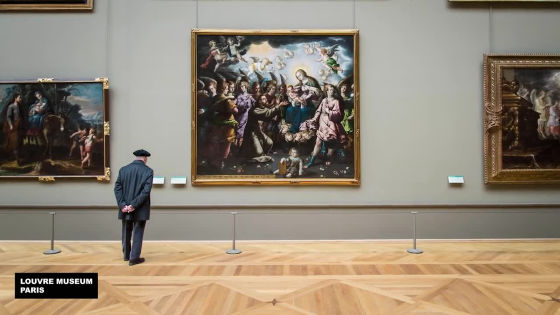
Related Posts:







